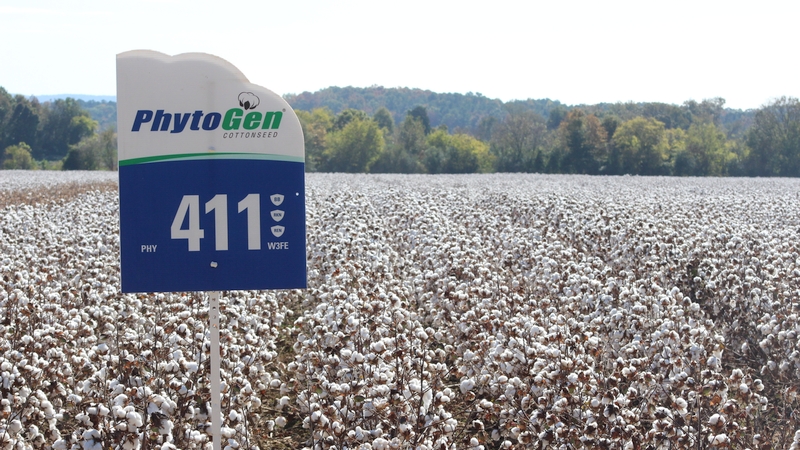Is It Really a Whole New Ballgame?
Three years ago, I wrote an article in Cotton International that focused on the competitive pressures facing the cotton industry and the need to lower costs through new technologies in order for the industry to remain competitive with chemical fibers. Two years ago, I wrote that over the long run, cotton prices are declining in real terms because production technology is rising faster than demand. Consequently, the greatest long-term threat to the sustainability of cotton production is the economic pressure caused by rising input prices and competition with chemical fibers.
Last year, I said that the world cotton industry was in the midst of a period of retrenchment after a decade of extraordinary growth. I said that during this decade, world production and consumption were expected to grow slowly, resulting in higher prices in nominal terms but a steep decline in cotton’s share of world fiber use.
Now, here we are in 2011 with prices not only exceeding $1 a pound, but higher than $1.50! Indeed, the strengthening of the world economy following the recession in 2008, combined with fears of defaults, the impacts of monetary policies, and the intervention of governments in markets, have affected cotton prices in ways that were much stronger than anything I anticipated.
Is it really a whole new ballgame, with a new paradigm for competition, a new level for prices and new factors affecting market structure, conduct and performance? Maybe, but markets have a way of adjusting, consumption and production tend to return to trends over the long run, and prices cannot stay high forever.
Despite the current high prices, the cotton industry continues to face competitive pressures, and only producers who are able to lower costs through the adoption of appropriate technologies will be able to survive in the future. While prices are temporarily very high, the downward trend linked to technology adoption will reassert itself eventually; as a result, the long-term threat to the sustainability of the cotton industry remains economic pressure caused by rising input prices and competition with chemical fibers.
And, even though record production is forecast in 2011/12, linked to the record prices being received this year, over the next several years competition with grains and oilseeds, modest growth in yields (now that the benefits of biotechnology have largely been digested), and little growth in demand because of competition with chemical fibers will mean that world cotton production and consumption will grow slowly from 2010/11 levels.
Over this decade, the Cotlook A Index is expected to average above 70 cents per pound, as it did during the 1970s, 1980s and 1990s. The levels of prices seen in the 2000s—when the A Index averaged 58 cents per pound—were relatively low because world yields rose by extraordinary amounts due to the adoption of new technologies.
World cotton yields cannot continue to grow by 4 percent per year, as they did on average from the late 1990s to the mid-2000s, and so the balance between demand and supply will be reset to the historic average level, resulting in a return to the long-term level of average prices.
So, is it a whole new ballgame? Maybe. New producers will succeed where less efficient producers fail. Average farm size will continue to rise to capture economies of scale in finance and machinery operations. The ginning, merchant and cooperative sectors will continue to consolidate. The location of mill use of cotton will continue to shift, and already it looks like growth in China may be leveling out.
And, perhaps most importantly for the long term, cotton will continue to face competition for market share with chemical fibers, necessitating an ongoing commitment to industry rationalization and increased efficiency to lower costs and improve competitiveness.
Years from now when people look back at 2010/11, I am betting they will see an aberration in prices, not the start of a new trend.








